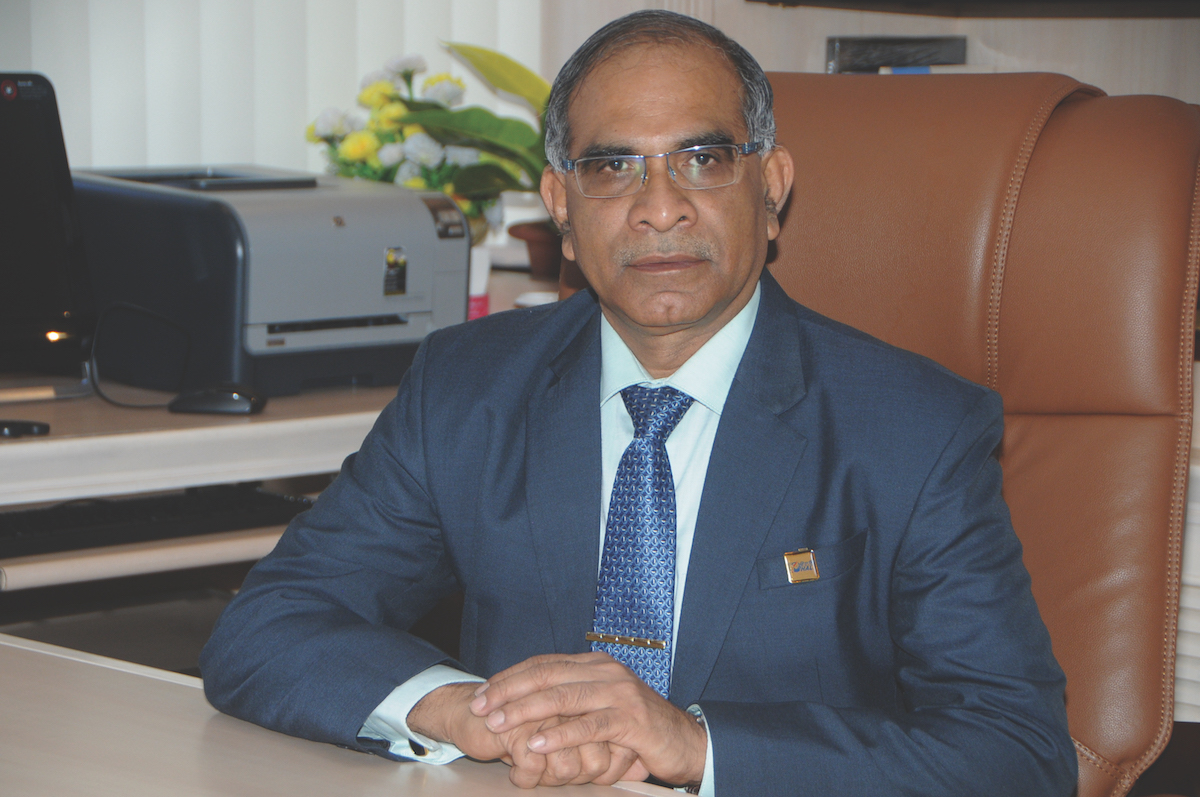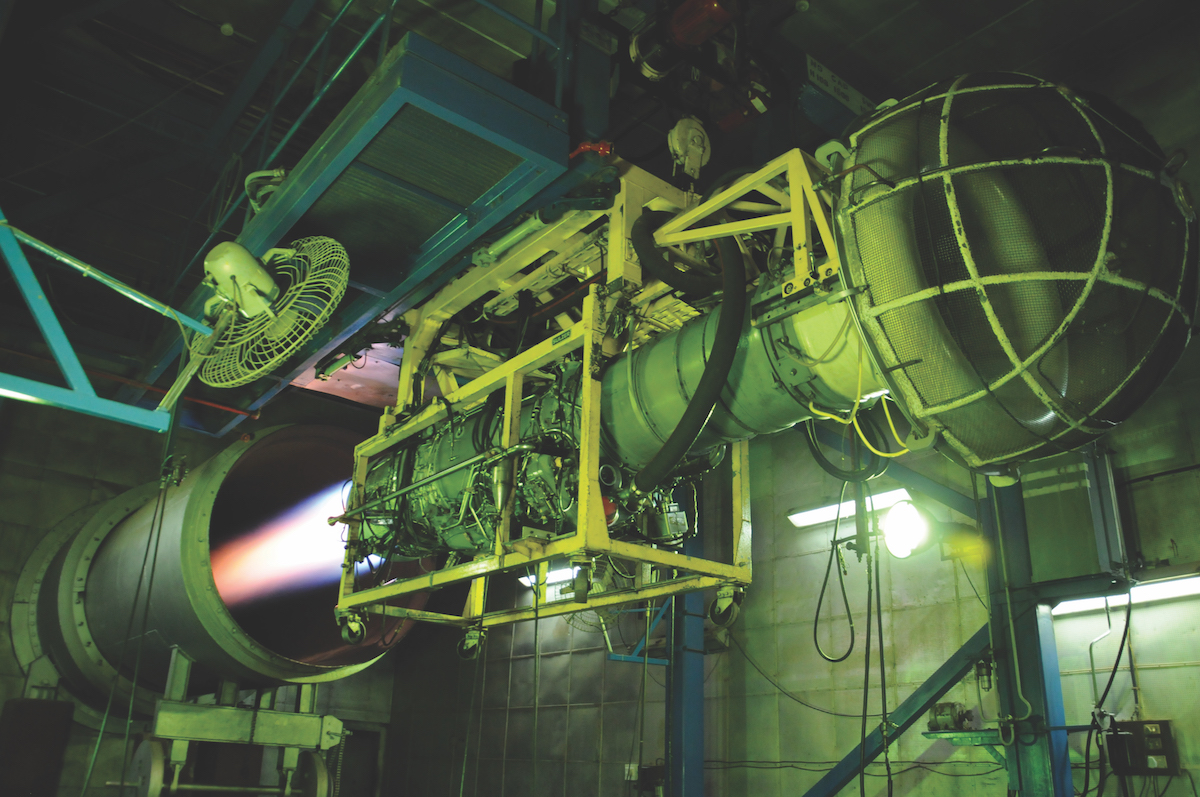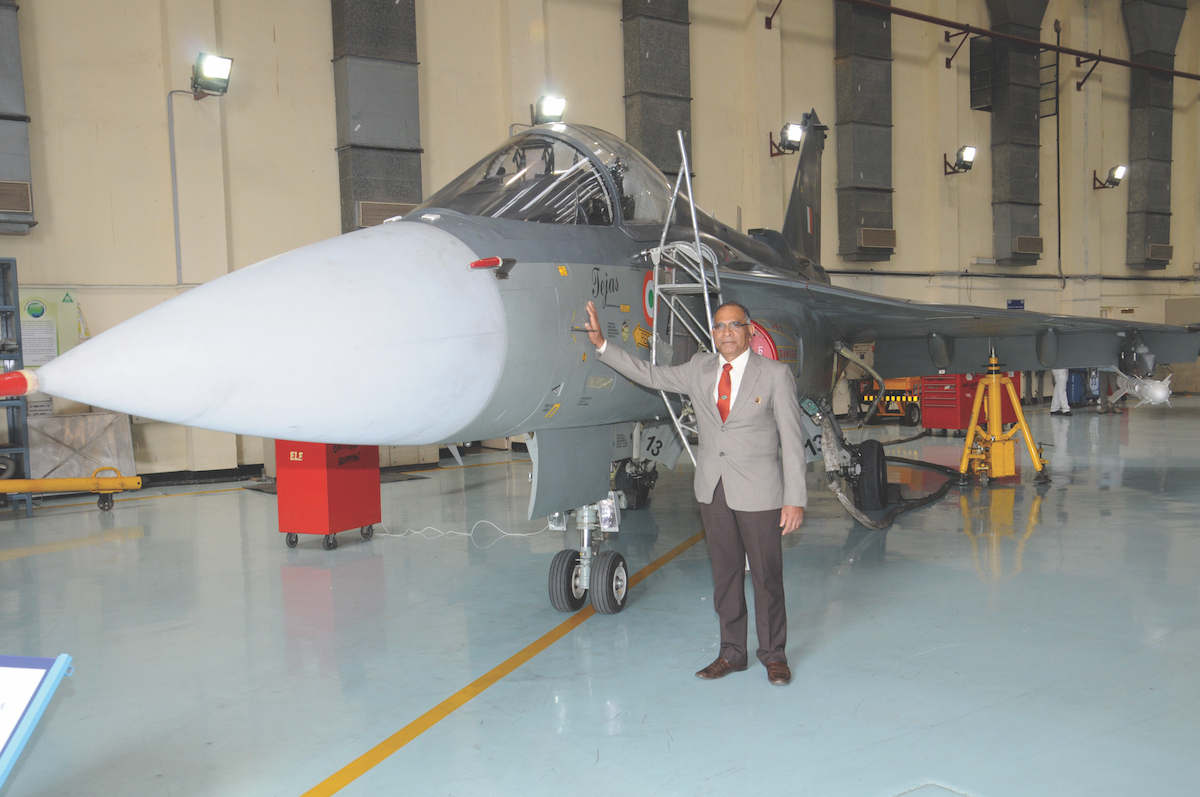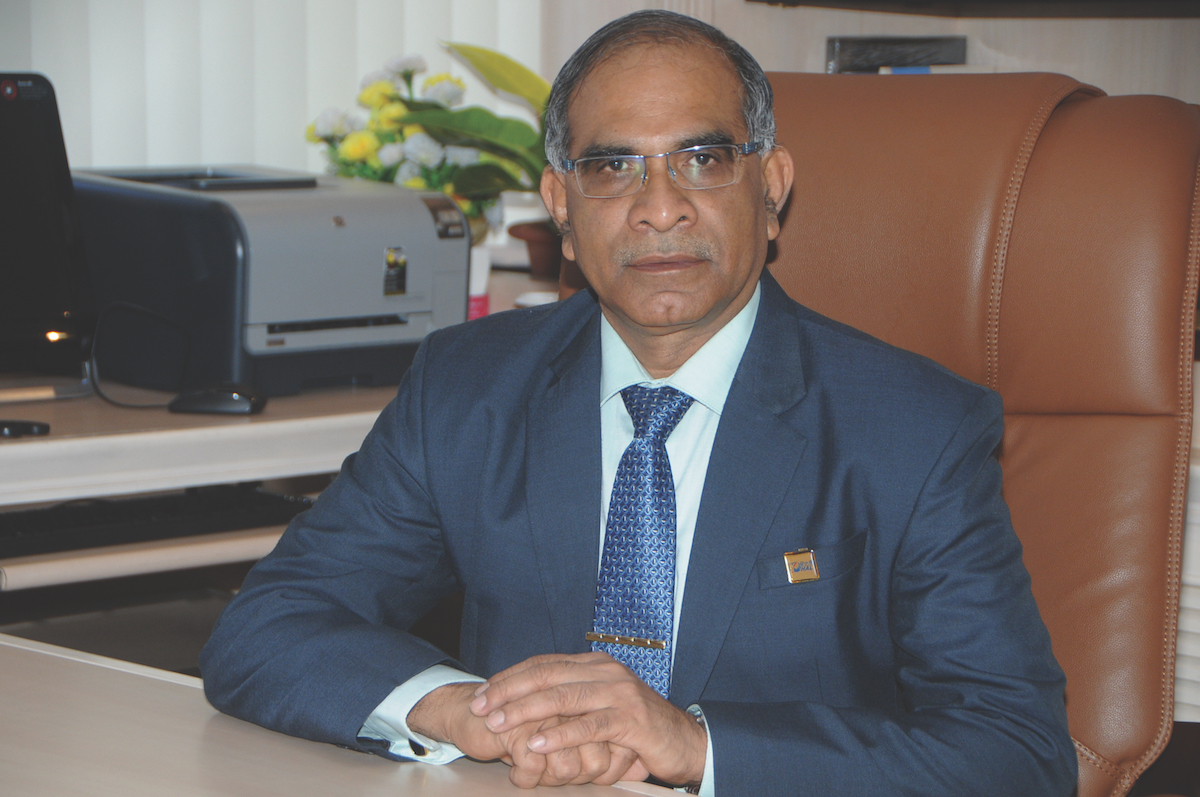The rising global focus on innovation has companies and governments scrambling to come up with the next best idea, product or service to put their organisation on the map. India has been working hard to heed the call — in fact, in 2013, Indian companies were leading the race when it came to growth in their overall R&D investments, according to a study by the European Commission.
Despite the surge in growth, however, India still struggles to keep pace with global counterparts, with leading nations like the US spending far more on R&D on average. Still, the advancement in India was an awakening for the country as it fast began to realise how investment in R&D to drive innovation is crucial if businesses want to remain competitive and profitable.
In late 2015, India also contributed greatly to Asia becoming the top region for corporate R&D spend, according to findings from PwC. The results showed India overriding North America and Europe, which dominated the scene as little as seven years ago. India recorded an impressive increase of 116 per cent since 2007 — but savvy Indian businesses are not resting on their laurels. The race is far from over, and T Suvarna Raju, Chairman and Managing Director of Hindustan Aeronautics Limited (HAL), knows this all too well.
HAL — an Indian public-sector undertaking having a turnover of Rs16,500 crore — is a longstanding aerospace giant specialising in military defence aircraft and equipment. Taking on the dual role of chairman and managing director (CMD) for the illustrious manufacturer at the start of 2015, Suvarna says his first priority as leader was to transform the company into a technology powerhouse and a knowledge organisation. With this vision, he’s been instrumental in taking various groundbreaking measures to ensure the R&D set-up
of HAL is much more competitive. All the company’s design centres have been brought under the ambit of the Committee of Institutional Network (COIN) to synergise learning across the organisation.
“Given the high expectation around the company, my priorities were to enhance our operational excellence,” he says. Starting out as a management trainee with the company in 1980, after rising through the ranks of the Aircraft and Overhaul divisions, Suvarna drafted HAL’s first R&D policy. During his time as director of Design & Development, and managing director of HAL’s Helicopter Complex, he was associated with several R&D programs covering Light Combat Aircraft (LCA), Intermediate Jet Trainer (IJT) and Light Utility Helicopter (LUH), among others. He also led HAL’s initiative for a homegrown 25 kN turbofan engine.

“HAL has a 75-year history supporting the requirements of our national defence customers, and we’re ambitious and confident about our ability to continue this in the future.” – T Suvarna Raju
“My goal was to align the company with the government’s Make in India endeavour — though it’s a challenging task to undertake in the aerospace industry,” he says. “I believe the best of technologies can never be bought; they can only be developed. That’s what we’ve done and we’ll continue to do so.” Innovation now seems like second nature to Suvarna, who saw HAL be granted its first patent in 2002. By 2015, that number had risen drastically to more than 1,000 patents filed under Suvarna’s watch.
Suvarna was also a key player in establishing a production line to manufacture several Hawk advanced jet trainers under licence from Britain’s BAE Systems for Indian Air Force fighter pilots. Out of the 29 different aircraft produced by HAL, 15 have been designed and manufactured entirely in India, as Raju wants HAL to showcase the strength of Indian technologies to a global audience. “We’re a leading global player in the aviation industry. Our footprint in the world market is considerable, and we’re regularly recognised for our leading solutions by organisations in the US, Europe and Russia,” he says.
“I want HAL to be a one-stop solution for aviation issues and needs. We’ve become incredibly skilled at developing these products, and now we’re applying those skills so we can introduce more advanced aircraft to suit the future requirements of our customers. This includes new, unmanned rotary aerial vehicles, plus we’re also looking into virtual technology.”

With 3D printing technologies offering important growth potential for the future, HAL sent a group of engineers to the UK for three years to study the processes. “You can expect to see some developments from us in that space in the next three to four years,” Suvarna says. “HAL has a 75-year history supporting the requirements of our national defence customers, and we’re ambitious and confident about our ability to continue this in the future. We have the right environment to succeed.”
For Suvarna, education is a critical foundation for success in the innovation space. An engineering graduate with a Master’s degree in Business Administration, Suvarna also has an M Phil in Defence and Strategic Studies and a postgraduate diploma in Intellectual Property Rights Law from the National Law School of India University. He is also an alumnus of the National Defence College.
Years after joining HAL, Suvarna further demonstrated his leadership strength while in charge of the state-of-the-art Mirage 2000 Aircraft Maintenance Project. Then in 2002, the Aeronautical Society of India presented him with the Dr Biren Roy Trust Award for his contribution to the planning and establishment of new aircraft technologies at HAL.
After a 30-plus-year career with HAL, Suvarna was selected above five contenders to become the new chairman in 2015. Three months later, due to a Board restructure, the role was redesigned as chairman and managing director. Suvarna has been a strong advocate of the Make in India movement and hopes to continue to promote the program by expanding its range of local suppliers available. “India currently imports 70 per cent of its defence requirement, while 30 per cent is made at home. We’re inclined to reverse the percentages, but when demand and technology are nonstop, we require a lot of imports to keep pace,” he says.

“We want to localise the production and procurement procedures to establish a more level playing field. To develop a premier aviation industry in the country, it’s our responsibility
to approach local manufacturers, help them understand what the requirements of the aviation and aerospace industry are, and encourage them to supply to us.” Looking ahead, Suvarna says HAL is working on various new projects, including the release of a more technically advanced turbo trainer, a new light combat aircraft, and a fifth-generation fighter, which are being developed in conjunction with a foreign partner. “We’re looking
to capitalise on the fighter airplanes like LCA, and trainer aircraft HTT-40,” he says. “On the design side of the helicopter segment, we’re producing LCH and completing the design
of light utility helicopters. We’re planning to launch some new offerings over the next six to seven months,” he says.
HAL is also developing a new MKI-A supersonic LCA for the Indian Air Force, which should be cleared for production by 2018 in its new division in Bangalore. A new LUH is also currently being tested, and the technical flight was successful in September 2016. “We’re always looking to advance our products. Everything we create is an incredible achievement from Indian scientists and designers,” Suvarna says. “We’ve built a strong platform, which can be exploited or integrated in any way, and meets customer expectations. If we can continue to do this, and apply our knowledge, that’s the perfect thing for us, our customers and our economy.”

